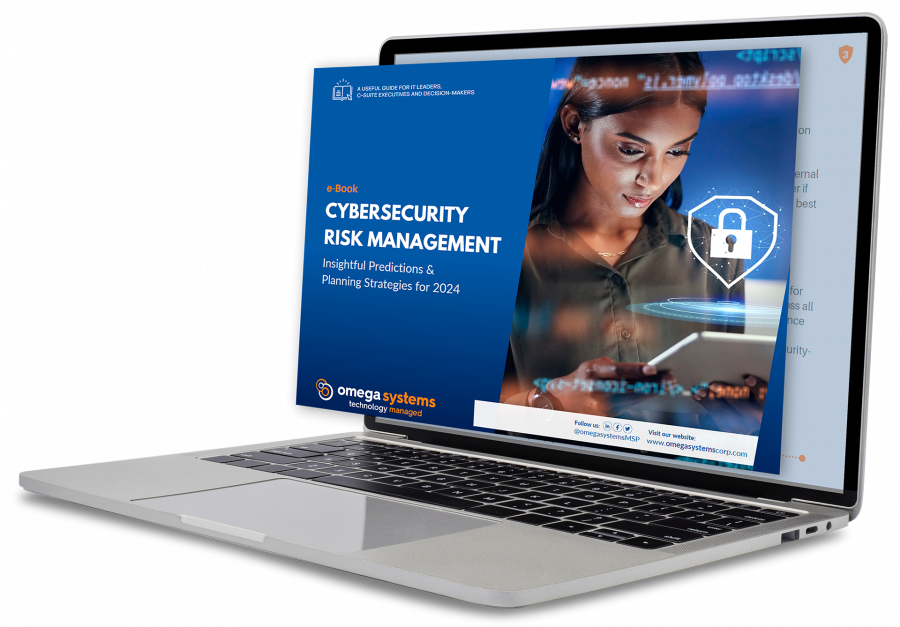
World Password day falls on the first Thursday in May each year. It was created to raise awareness about the passwords we use to protect our digital existence.
Cybersecurity threats and identity threat opportunities continue to rise and are becoming more sophisticated. Whether it’s corporate data or your personal financial information, maintaining the integrity of this information is crucial.
Passwords are the gatekeeper to your digital identity, both personally and professionally. Whether it is accessing company files, personal banking, social media outlets, or online shopping, it is important to make sure that your passwords are strong and unique.
How Do I Embrace World Password Day?
- Take Stock of Your Passwords and Make the Necessary Changes.
- Incorporate the use of a Password Manager, such as Last Pass, Dashlane or Sticky Password to name a few. These tools do the work of creating, remembering and filling in passwords once you log into your account.
- Incorporate Multi-Factor Authentication for Your Accounts. This provides an extra layer of protection by requiring two methods to verify your identity.
- Spread the word about World Password Day via your social media outlets and pass along tip.
Do Not Incorporate Your Personal Life into Your Passwords.
Don’t use:
- Your birthday
- Phone Number
- Social Security Number
- Pet’s Name
- Family Name
- Spouse/Partner’s Name
- Favorite Vacation Spot
- High School Mascot
- Best Friend’s Name
- Current Town/Street/City
They key point is that cybercriminals can usually find what they need to know to access your accounts through your social profiles.
It is important that you don’t use the same passwords for multiples accounts. It can sometimes be difficult to keep track of multiple passwords thats why most MSPs recommend using a password manager. Password managers store all of your passwords and often generate strong passwords for you, so you don’t have to think of new combinations.
Also, be aware of weak passwords such as password1, password2 that can result in patterns, making it fairly simple to uncover.
Best Practices for Passwords:
- Randomize your passwords
- Have a minimum of 12 characters
- Contain upper and lower case letters
- Contain symbols and number
- Have no discernable pattern or meaning
- Remove your personal and social life from the equation
Does your company have a password policy in place?
Is there a password policy that your company abides by? Are password parameters enforced? Do password changes happen company-wide every 3 or 6 months? If you answered “no” to any or all of the above, it is time to make some changes and implement a password policy.
Contact The TNS Group today to learn more about password policies and implementing a layered approach to security.
Categories: Managed Security Services, Managed Service Provider, MSP Blogs




